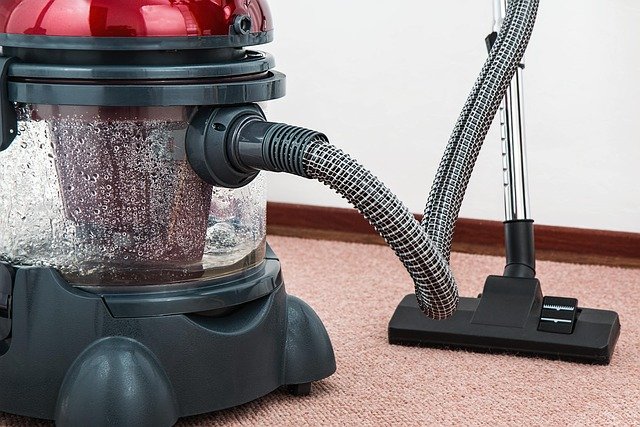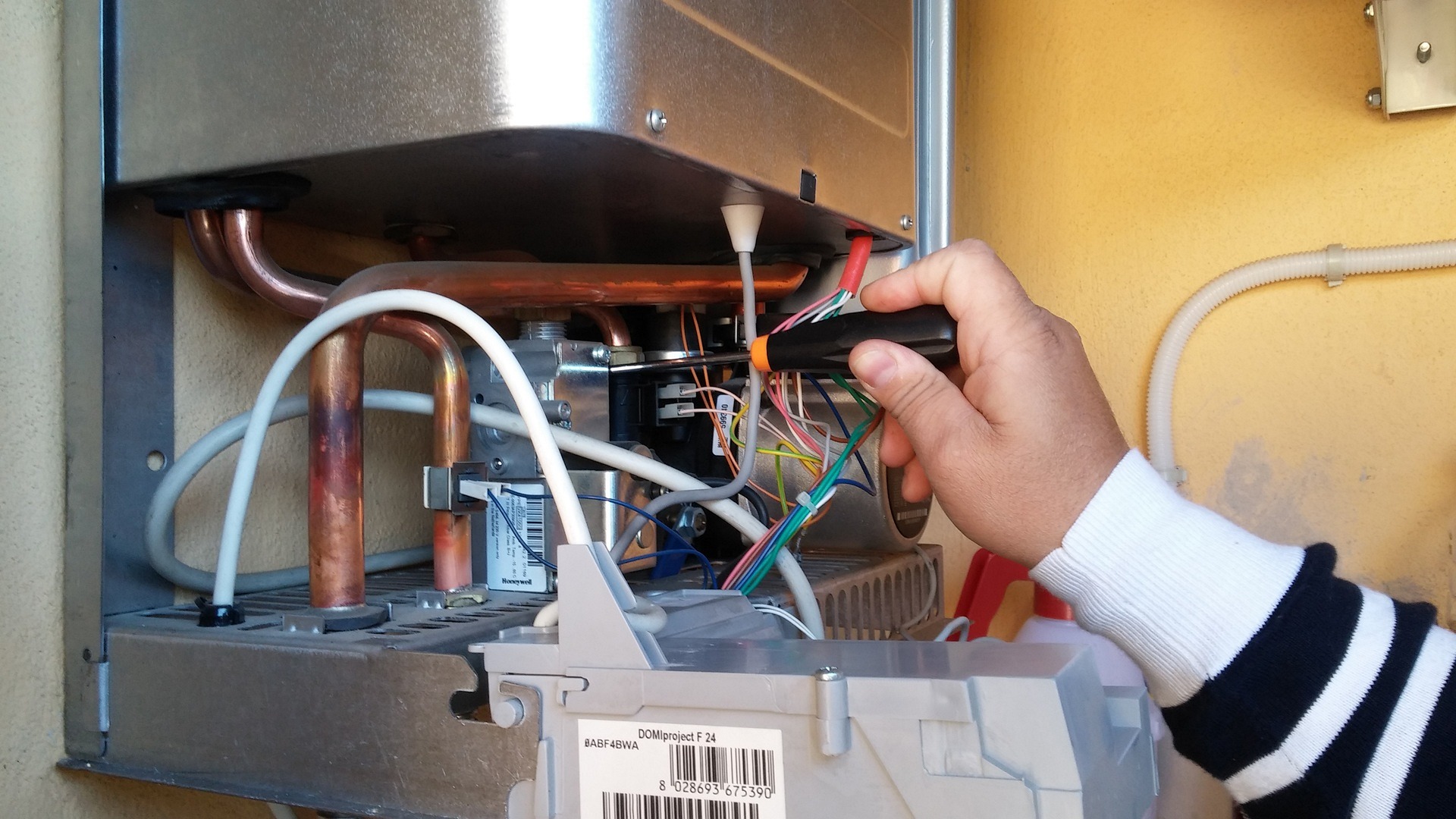Effective DIY Homemade Solutions For a Carpet Cleaning
Carpets accumulate dirt, stains, and odors over time, even with regular vacuuming. Professional carpet cleaning services can be expensive, making DIY solutions an attractive alternative for homeowners looking to maintain clean, fresh-smelling carpets. Homemade carpet cleaning solutions often use readily available household ingredients that can effectively remove stains, eliminate odors, and refresh carpet fibers without harsh chemicals. These natural alternatives not only save money but can also be safer for homes with children and pets.

Natural Ingredients for Deep Carpet Cleaning
The effectiveness of homemade carpet cleaning solutions lies in the power of common household ingredients. White vinegar stands out as a versatile cleaning agent due to its acidity, which helps break down dirt and kill bacteria. Baking soda works as a natural deodorizer and gentle abrasive that lifts stains while neutralizing odors. Essential oils like tea tree, lavender, or lemon add pleasant scents while providing antibacterial properties.
Other powerful natural ingredients include salt, which absorbs fresh stains and moisture; hydrogen peroxide, which tackles tough stains like blood or wine; and cornstarch, which works well on grease spots by absorbing oils. Club soda contains carbonation that helps lift stains from carpet fibers when applied quickly. These ingredients work effectively because they target specific types of soil and stains through different chemical reactions without leaving behind toxic residues.
Creating Basic Homemade Carpet Cleaning Solutions
Making your own carpet cleaning solution starts with understanding the proper ratios of ingredients for maximum effectiveness. For a basic all-purpose carpet cleaner, mix equal parts white vinegar and warm water in a spray bottle. This solution works well for general cleaning and light stain removal. For deeper cleaning, add one-quarter cup of salt and one-quarter cup of borax to this mixture to enhance its dirt-lifting capabilities.
For a carpet refresher that eliminates odors, combine one cup of baking soda with 15-20 drops of your preferred essential oil. Mix thoroughly and let sit for 15 minutes before sprinkling over the carpet. Allow this mixture to sit for several hours or overnight before vacuuming thoroughly. This method deodorizes carpet fibers while leaving behind a subtle, pleasant fragrance throughout the room.
A foaming carpet cleaner can be made by combining one-quarter cup of liquid dish soap, one-third cup of white vinegar, one-half cup of warm water, and two tablespoons of baking soda. Apply this to stains using a clean cloth, working from the outside toward the center to prevent spreading.
Treating Different Types of Carpet Stains
Different carpet stains require specific treatment methods for successful removal. For protein-based stains like blood, milk, or pet accidents, start with cold water (never hot, which can set the stain) and then apply a mixture of one tablespoon dish soap and two cups cold water. Blot gently rather than rubbing, which can damage carpet fibers and spread the stain further.
Oil-based stains from makeup, grease, or butter benefit from absorbent materials like cornstarch or baking soda. Apply the powder generously to the stain, allow it to sit for 30-60 minutes to absorb oils, then vacuum thoroughly. Follow with a solution of equal parts vinegar and water if needed.
For stubborn stains like red wine or coffee, create a paste using three parts baking soda and one part water. Apply to the stain, allow to dry completely, and vacuum. Then spray with a solution of one part vinegar to two parts water and blot dry. This two-step process helps lift both the color and any residual substances from the carpet fibers.
Safety Considerations for DIY Carpet Cleaning
While homemade carpet cleaning solutions are generally safer than chemical alternatives, certain precautions remain important. Always test any cleaning solution on an inconspicuous area of carpet first to check for colorfastness and potential damage to fibers. This small test can prevent discoloration or texture changes across larger, visible areas.
Proper ventilation is essential during carpet cleaning, especially when using vinegar or other strong-smelling ingredients. Open windows and use fans to circulate air, which also helps carpets dry faster. Never mix bleach with vinegar or ammonia, as these combinations create toxic gases that can cause serious respiratory issues or chemical burns.
It’s important to thoroughly rinse cleaning solutions from carpet fibers to prevent residue buildup that can attract more dirt over time. Excess moisture can lead to mold and mildew growth beneath carpets, so ensure proper drying by using fans and dehumidifiers when necessary. For those with respiratory sensitivities, consider using fragrance-free versions of DIY solutions by omitting essential oils.
Equipment Needed for Home Carpet Cleaning
Effective DIY carpet cleaning requires the right tools alongside homemade solutions. A high-quality vacuum cleaner with strong suction serves as the foundation of carpet maintenance, removing loose dirt and debris before applying wet solutions. Look for models with HEPA filters to capture fine particles that can settle back into carpet fibers.
Spray bottles allow for controlled application of liquid cleaning solutions, while soft-bristled brushes help work solutions into fibers without damaging them. Absorbent microfiber cloths or clean white towels are essential for blotting stains and excess moisture. For larger areas, consider renting a carpet cleaning machine from local hardware stores, which can be filled with homemade solutions instead of commercial cleaners.
Additional useful tools include a carpet brush or broom for distributing dry ingredients evenly, rubber gloves to protect hands from extended contact with cleaning solutions, and a wet/dry vacuum for extracting excess moisture from deeply cleaned carpets. Investing in quality tools makes the cleaning process more efficient and extends the life of your carpets between deep cleanings.
By combining these natural ingredients, appropriate techniques, and the right equipment, homeowners can achieve professional-quality carpet cleaning results while saving money and avoiding harsh chemicals. Regular maintenance using these DIY methods can significantly extend the life and appearance of household carpets.




